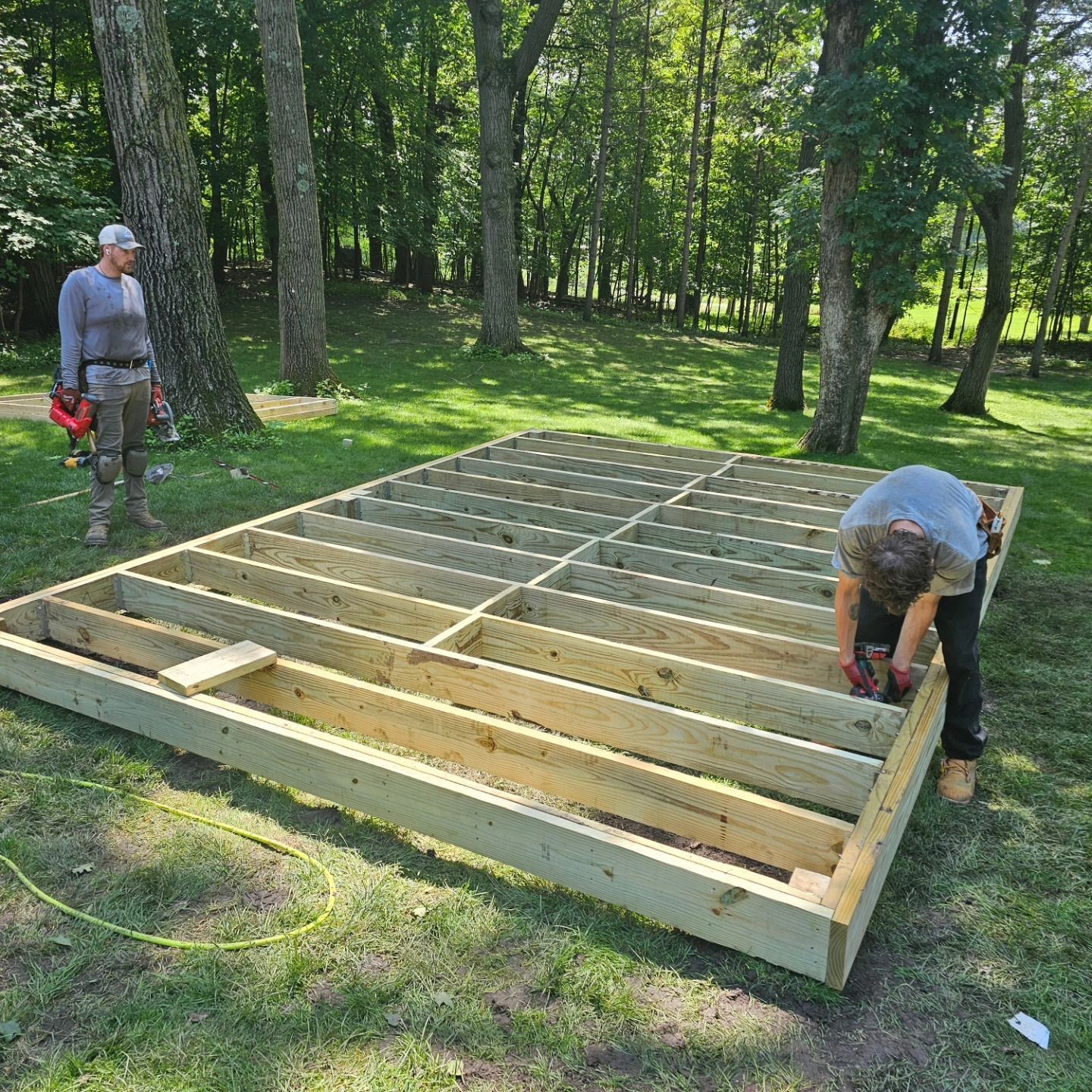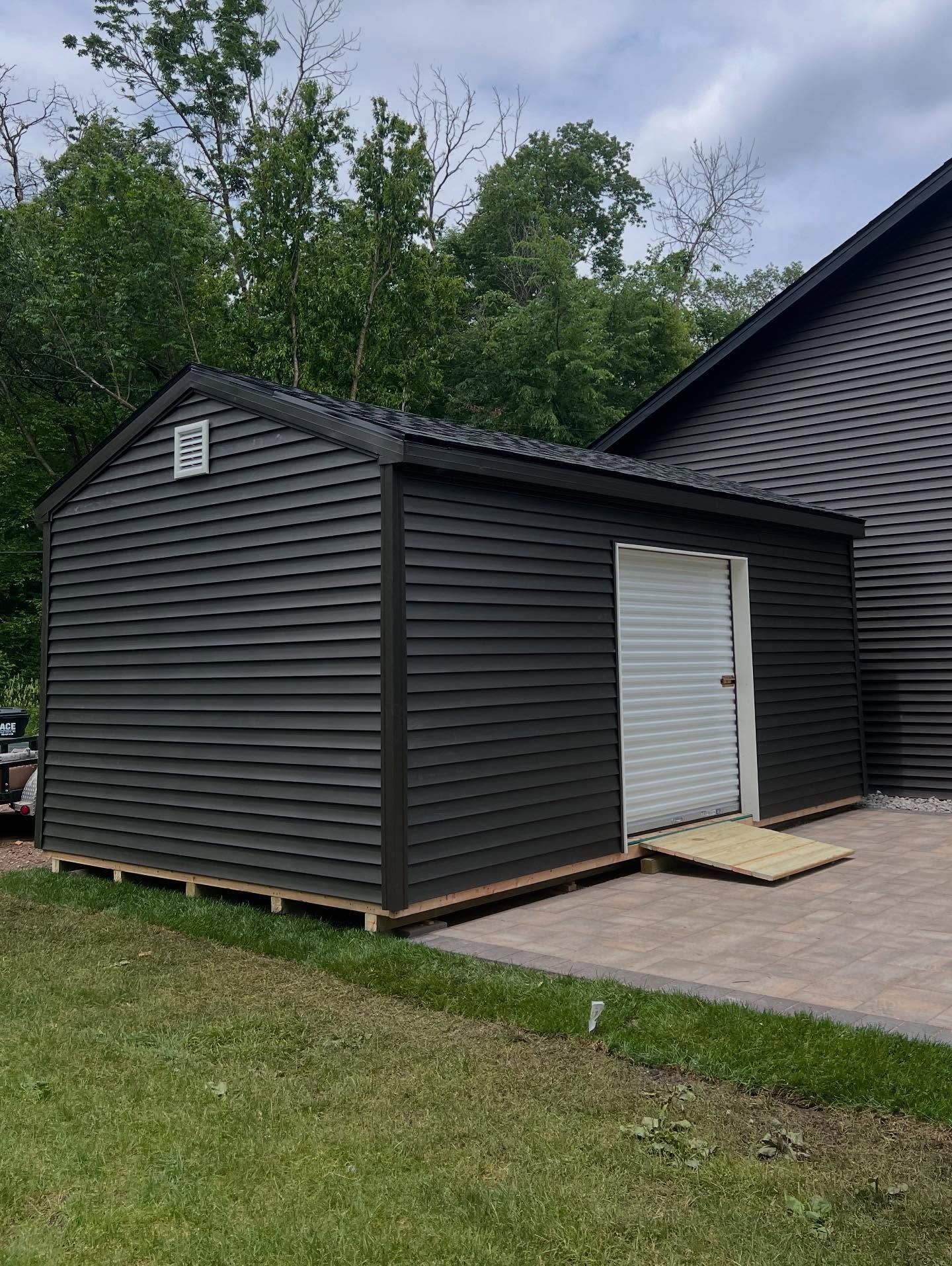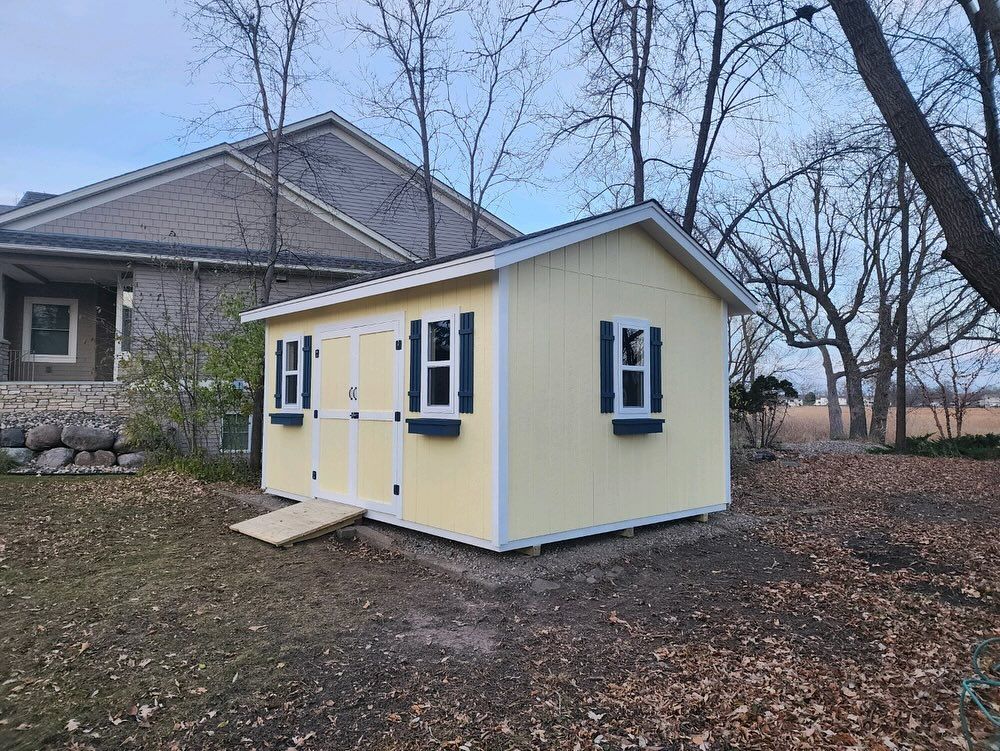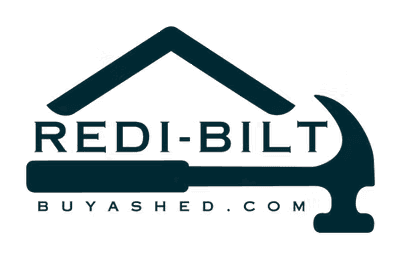Shed Site Preparation and Permitting: What Homeowners Need to Know
September 24, 2025

Building a backyard shed is one of the most rewarding upgrades you can make to your property. Not only does it add valuable storage, but it also enhances functionality and overall home value. However, before construction begins, two essential steps must be addressed: site preparation and permitting. A properly prepared site ensures your shed has the stability and drainage it needs for long-term durability. Meanwhile, obtaining the right permits keeps you compliant with local building codes, preventing fines and future complications. This guide breaks down what homeowners need to know to prepare their site and handle permits confidently.
1. Ensures Long-Term Stability
A shed built on uneven or unprepared ground is prone to shifting and settling, which weakens structural integrity over time. Proper grading and leveling provide stability, ensuring your shed remains functional, safe, and durable through changing seasons and heavy use.
2. Protects Against Water Damage
Standing water around your shed can cause wood rot, mold growth, and foundation erosion. By installing a gravel base, drainage system, or concrete pad during site preparation, you effectively divert water, safeguard materials, and extend your shed’s overall lifespan and performance.
3. Creates a Strong Foundation
Choosing the right foundation is critical for durability and function. Options include gravel pads, pressure-treated wood skids, or concrete slabs. Each has benefits depending on shed size, soil conditions, and budget, but all ensure stability, longevity, and efficient daily use.
Everything You Need to Know About Shed Permits Before Building
1. Check Local Zoning Laws
Before placing a shed, review your city or county’s zoning regulations. These often dictate setbacks from property lines, fences, or utilities, along with maximum height and size limits. Following these rules ensures compliance and avoids costly relocation or modification issues.
2. Building Permits
Smaller sheds may not require permits, but larger or permanent ones usually do. A building permit ensures compliance with safety codes, structural standards, and utility clearances. Securing this documentation prevents legal problems, project delays, and unexpected expenses once your shed construction begins.
3. HOA Requirements
Homeowners in association-regulated neighborhoods should check HOA rules before building. Many HOAs enforce shed placement, size, and design guidelines to maintain community aesthetics. Getting written approval beforehand prevents disputes, fines, or removal orders, saving time and money later in the process.
4. Inspection Requirements
Some municipalities require final inspections after shed construction to verify compliance with codes and permits. Inspectors check the structure, foundation, and placement accuracy. Skipping inspections can cause complications with future home sales, insurance claims, or neighborhood complaints, making this step crucial for homeowners.
Trust Redi Bilt for a Hassle-Free Shed Build
At Redi Bilt, we understand that
site preparation and permitting often feel overwhelming for homeowners eager to add a new shed. With over 40
years of proven experience serving families in Anoka, Minnesota, our skilled team takes the stress out of the process. From establishing solid foundations to managing local zoning and permitting requirements, we handle every detail with precision and care. The result is a shed that’s durable, compliant with all regulations, and designed to serve you for decades. Whether you need a simple storage solution or a fully customized backyard retreat, Redi Bilt
guarantees craftsmanship, reliability, and lasting peace of mind.





